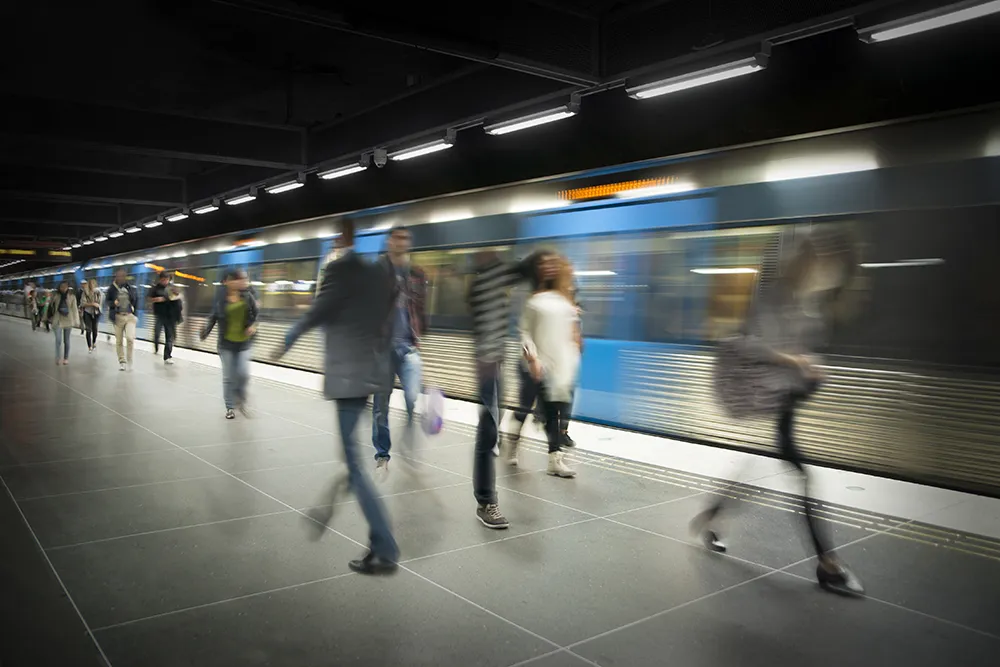Via's app has been integrated with technology from Navya's Autonom Cab to enable passengers to securely book and control their autonomous vehicle (AV) travel experience from their smartphone. The app allows users to request a ride in the Autononom cab, to open the AV's door once it arrives and command it to close the door and start the journey once safely onboard. In addition, passengers can request music of their choice, connect to the onboard Wi-Fi and engage with other amenities. Daniel Ramot
January 15, 2018
Read time: 2 mins
Via's app has been integrated with technology from 8379 Navya's Autonom Cab to enable passengers to securely book and control their autonomous vehicle (AV) travel experience from their smartphone.
The app allows users to request a ride in the Autononom cab, to open the AV's door once it arrives and command it to close the door and start the journey once safely onboard. In addition, passengers can request music of their choice, connect to the onboard Wi-Fi and engage with other amenities.
Daniel Ramot, Co-founder and CEO of Via, said: "Via has developed the operating system that will power the autonomous vehicle fleets of the future, with dynamic routing and efficient matching of multiple passengers going in the same direction. We're excited to demonstrate for the first time how Via's shared ride technology seamlessly integrates with autonomous vehicles. We are especially thrilled to launch our first AV demonstration with Navya, a company that shares our vision for a future of sustainable, shared transportation."
Christophe Sapet, Navya CEO, said: Navya and Via share a vision of helping cities overcome the challenges of pollution and congestion by fluidifying the traffic flow. Navya has designed the Autonom Cab specifically for private and shared rides, while Via is revolutionizing urban transit with its exceptional shared ride algorithm. We're very excited to launch such a partnership through our interoperable network system that brings these two companies together and adds another way for customers to access our Cab."
The app allows users to request a ride in the Autononom cab, to open the AV's door once it arrives and command it to close the door and start the journey once safely onboard. In addition, passengers can request music of their choice, connect to the onboard Wi-Fi and engage with other amenities.
Daniel Ramot, Co-founder and CEO of Via, said: "Via has developed the operating system that will power the autonomous vehicle fleets of the future, with dynamic routing and efficient matching of multiple passengers going in the same direction. We're excited to demonstrate for the first time how Via's shared ride technology seamlessly integrates with autonomous vehicles. We are especially thrilled to launch our first AV demonstration with Navya, a company that shares our vision for a future of sustainable, shared transportation."
Christophe Sapet, Navya CEO, said: Navya and Via share a vision of helping cities overcome the challenges of pollution and congestion by fluidifying the traffic flow. Navya has designed the Autonom Cab specifically for private and shared rides, while Via is revolutionizing urban transit with its exceptional shared ride algorithm. We're very excited to launch such a partnership through our interoperable network system that brings these two companies together and adds another way for customers to access our Cab."








